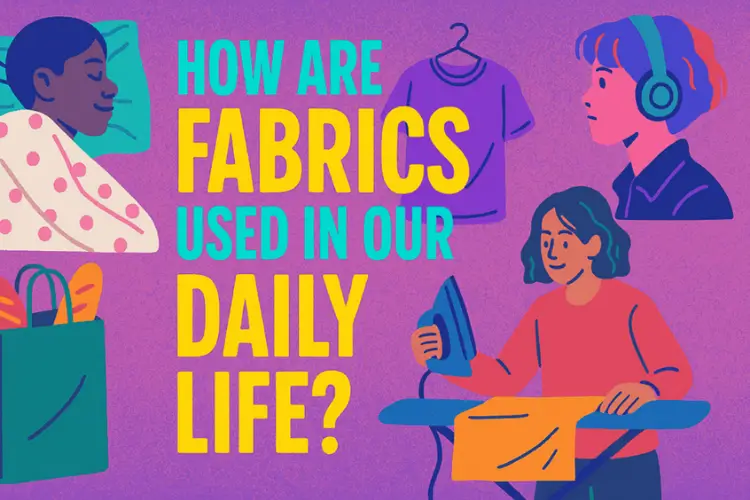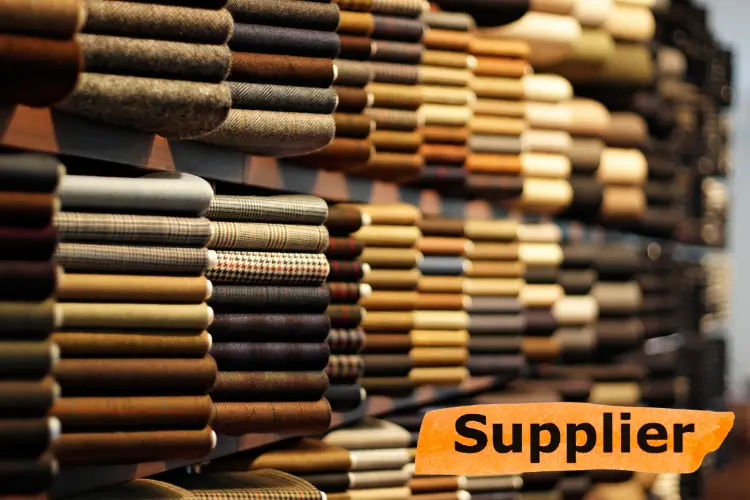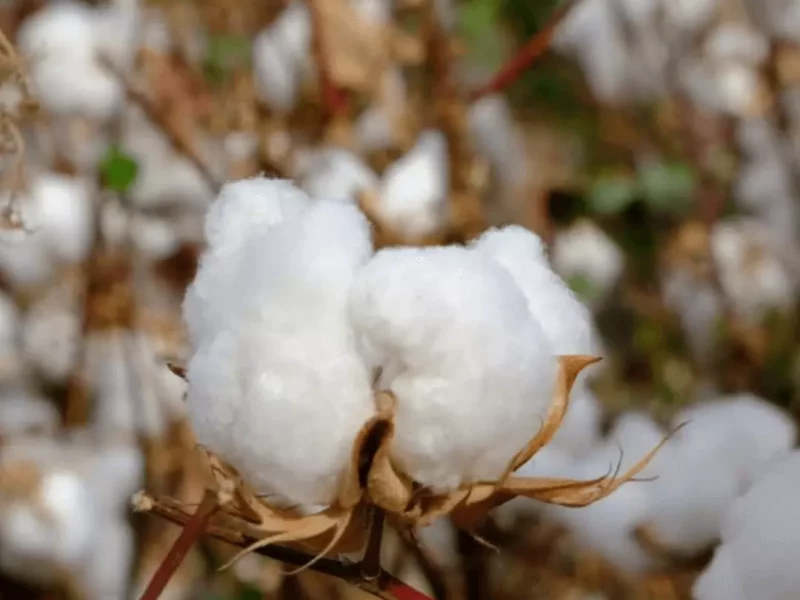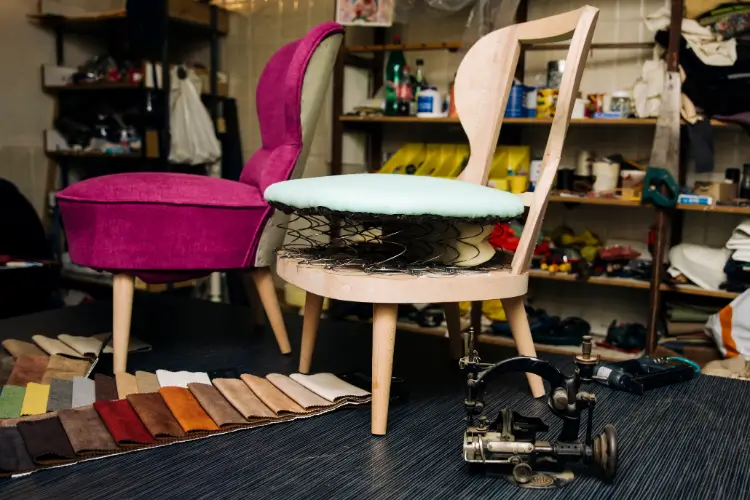I don’t even have to think about it—my day starts and ends in fabric. The soft bed sheets of cotton, the towel I’ve had so long now and whose edges are worn but comforting, and the sweatshirt I slide on without even a thought. These don’t amount to props. They’re functional and sensory and part of a system which has governed my comfort and habit.
The moment you really look at how our textiles are used in their daily lives, it’s not clothing—it’s ritual and it’s atmosphere and it’s even feeling. Curiously, as I get older, I find I even notice more textures. Some textiles simply do respond to how you’re feeling or where you are in terms of energy. It’s not fashion—it’s sensation.
Beyond Fashion: The Everyday Use of Fabric in Interiors
When I was young and in school, I couldn’t afford to buy expensive furniture, so I used fabric to fill in the blanks. A few cheap throws turned my plastic chair into a quasi-comfy throne. I even stapled a piece of fabric to my desk wall to build a makeshift sound-dampener.
I knew nothing about acoustics back then, but it muted my college slumb tank when I had all-night study sessions. That’s the low-key side of fabric—it makes-do. From bedroom blackout curtains to the moisture-wicking t-shirt I wear on evening jogs, the fibers are chosen with a purpose. If you’re asking yourself how are fabric used in our life, look past simply “covering things.” They’re incredible tools of utility in a space and time once empty.
The Invisible Designers of Ambiance and Space
I used to share an apartment with concrete floors and bare walls. Cold and hollow and lifeless. I did not start to even consider it habitable until I laid down a rug and draped a few woven tapestries. Amazing how much difference a space makes when its rough edges are smoothed out.
Fabrics diffuse sound and temperature and even light. Think about how thick curtains block city noise or how pillows make a hard chair a place to sit. This is still how fabric does things in our lives—but it’s subtle. Mood is not all in your mind. Mood is informed by texture and color and by how a space makes you feel when you open the door and enter.
From Your Shirt to Your Screen: How Fabrics and Tech Intersect
Here’s something I never saw coming: my life of online content now includes textiles, ironically. I’ve had to work with clients who produce DIY fashion tutorials, and they’ll sometimes request content revisions where they’re insisting on very close-up shots of threads and stitches.
Where everything is all about clarity, subtitles help. I prefer to recommend creators start using things like a YouTube video downloader with subtitles—by the way, 73% of users say subtitles help their understanding of content. Especially when a technique or a fabric type is being demonstrated, it makes a huge difference. This is just one of the newer ways by which textiles end up in our tech pipelines. Green screens, also—these are fabric-based and a necessity for the clean-looking blank slate.
Health Isn’t Only What You Eat—It’s What You Wear
I had to wear a knee brace made out of some sort of advanced woven elastic. It was deceptively simple, but it changed the way I walked for weeks. That brought to my own notice the medical uses of textiles—compression clothing, hospital sheets with bacteria-repelling properties, even the surgical drapes used in operations. They’re not luxury products. They’re life-support systems made out of thread.
They’re therapeutic on the nervous system in the case of individuals who suffer from sensory issues or anxiety and respond to textured fabric like weighted blankets. Ultimately, it all boils back down to the same question: how do textiles play a part in everyday life? They heal us, they shield us, and in certain cases, they even treat mental illness.
A Green Revolution is Emerging in My Closet
Sustainability was initially a buzzword to me but now sits in my laundry basket. I’ve been replacing more conventional materials with organic ones because they’re easier on both the planet and on my wallet. They’re also lasting a lot longer. I got sick of constantly replacing cheap t-shirts every two months.
I now invest a little more on bamboo or hemp blends and they’ve lasted much better. The world of fashion is shifting—eco-textiles, recycled products, and biodegradable fibers are moving from niche to mainstream. And to all the people still wondering how are textiles utilized in our everyday life, look in the dumpster. Every polyester item dumped in the landfill is a lost sustainable design moment. The revolution already happened. It’s just unequal.
FAQs
What are the most overlooked ways fabrics impact daily life?
Most people think of clothing and forget about things like insulation, medical supplies, and noise reduction. Fabrics are behind-the-scenes players in most environments we live and work in.
Can fabrics really affect mental health or mood?
Absolutely. Weighted blankets, calming textures, and light-filtering curtains are proven to influence mood and anxiety. Even the color and texture of what you wear can change how you feel.
Are there fabrics that can be dangerous or harmful?
Synthetic fabrics like polyester can trap heat or irritate skin, especially in kids or people with conditions like eczema. Some are also less breathable, which makes them bad for athletic wear or hot climates.




